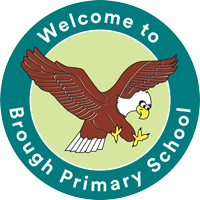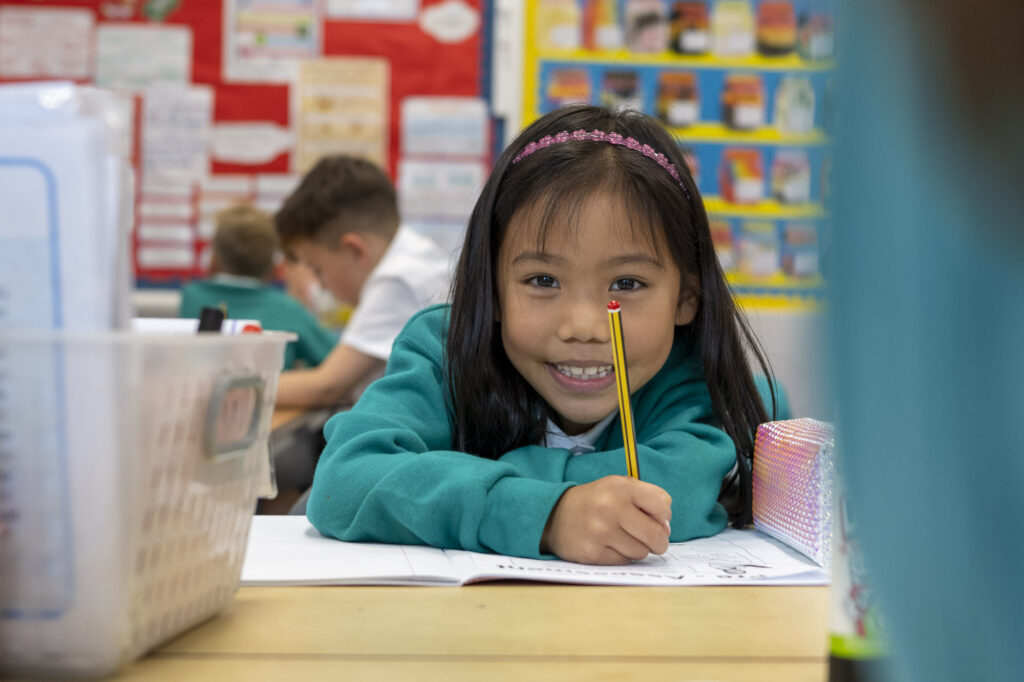At Brough Primary School we believe that learning should be about the journey, not the destination. We believe that children should be given the opportunity to reach their full potential in all areas and we ensure they experience a wide range of learning opportunities to foster a lifelong love of learning and an enthusiasm for the world around them. We work alongside families and the wider community to nurture children and support them in a caring and secure environment where everyone cares about and looks after each other.
Through having high expectations for all children, exciting and engaging lessons and a clear focus on developing curiosity, independence and a love of learning, we allow children to reach their full potential and ensure they have the skills needed for the future.
We hope that you will find our website useful and will check it regularly to see what we have been up to in school, our achievements and our successes. Our Twitter feed is very popular and shows what we do in school during the day and gives an insight into life at Brough Primary School.
If you have any queries, please do not hesitate to get in touch.
Every school has a pupil admission number (PAN) which states the number of places available in each year group.
As you may all know, we have seen a steady decline in pupil numbers across the local authority area and this has been replicated in our school.
Therefore it is our intention to reduce our PAN from 60 to 45.
This is now out for formal consultation and the links to the ERYC website and consultation page are included below for you to submit your consultation response should you wish to.
If you have any queries then please do not hesitate to get in touch.
Please note that this will not affect any of the children, or classes, in the school currently but will mean that from the academic year 2026/2027 we will have no more than 45 pupils admitted to the new reception class.
What change is being proposed?
The governing body of the school requested that the admission number for the school is decreased from 60 to 45 for the Reception year group for the start of the 2026-27 school year.
What reasons have the school given for the change?
- the school is seeing a fall in demand which is linked to a decline in the birth rate;
- pupil projection information demonstrates a clear decline in pupil numbers;
- there would be no changes to the physical capacity of the school which is able to accommodate up to 60 pupils in each year group;
- the physical accommodation and built capacity of the school will not be reduced in such a way as to make the proposed decrease irreversible in future years. All spaces that can be used as classrooms and teaching spaces may be used alternatively when not required as classrooms, but all shall be retained as potential future classrooms for the future needs of children in the community.
What other information is available about this change?
- the school currently has 276 children on roll, far fewer than the current PAN of 60 which would have available places for 420 children, with 46 children in the largest year group at present;
- the school currently has an average of 39 pupils on roll in each class which is far below the current PAN of 60.
- six of the current year groups on roll at the school have less than 45 pupils on roll.
- latest information regarding the number of resident children living in the school’s catchment area shows that there are no more than 45 children, or less, resident who are due to start school between September 2025 and September 2027.
If approved, this change will not come into force for the year group starting in September 2025, but only from September 2026.
Link to ERYC website:
https://www.eastriding.gov.uk/learning/schools-colleges-and-academies/school-admissions/school-admission-arrangements-for-2026-27/
The consultation survey is available here:
https://consultation.eastriding.gov.uk/s/SchoolAdmissionsConsultation2026-27/




